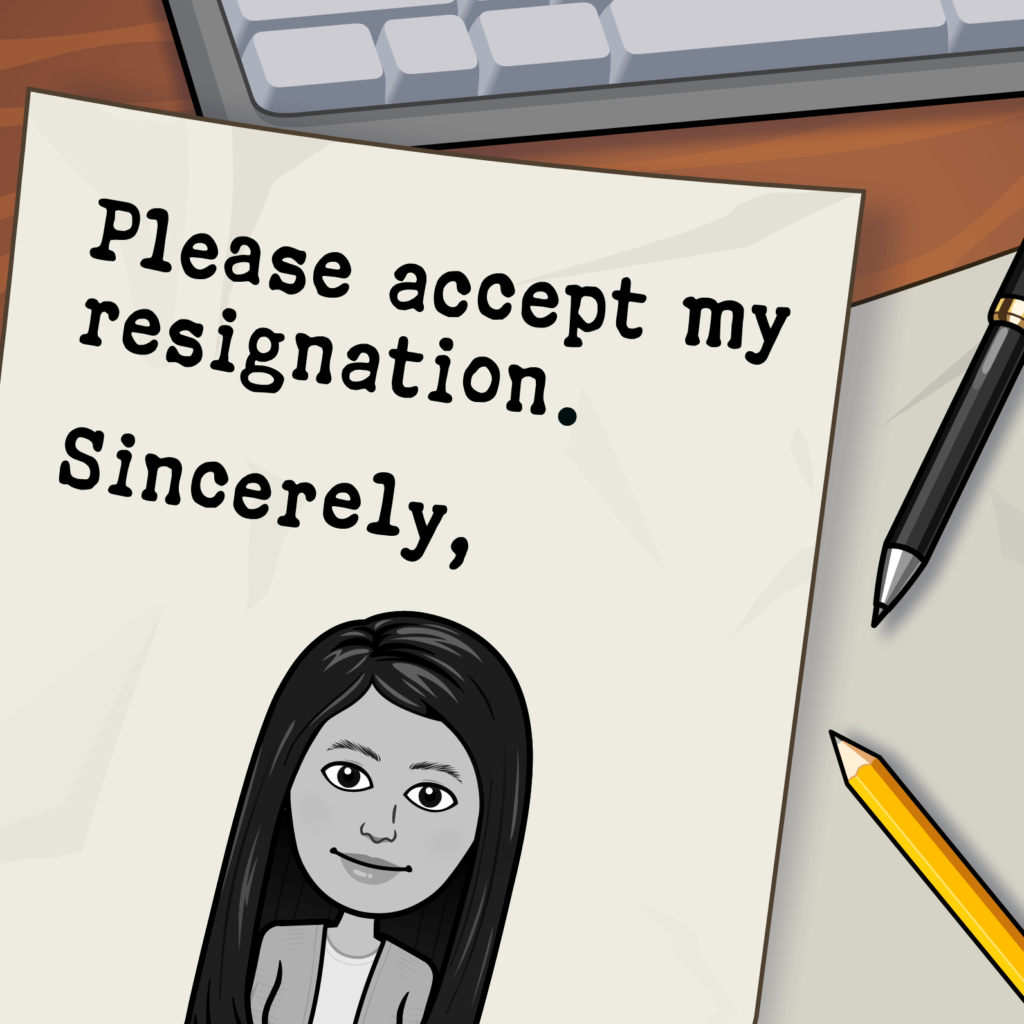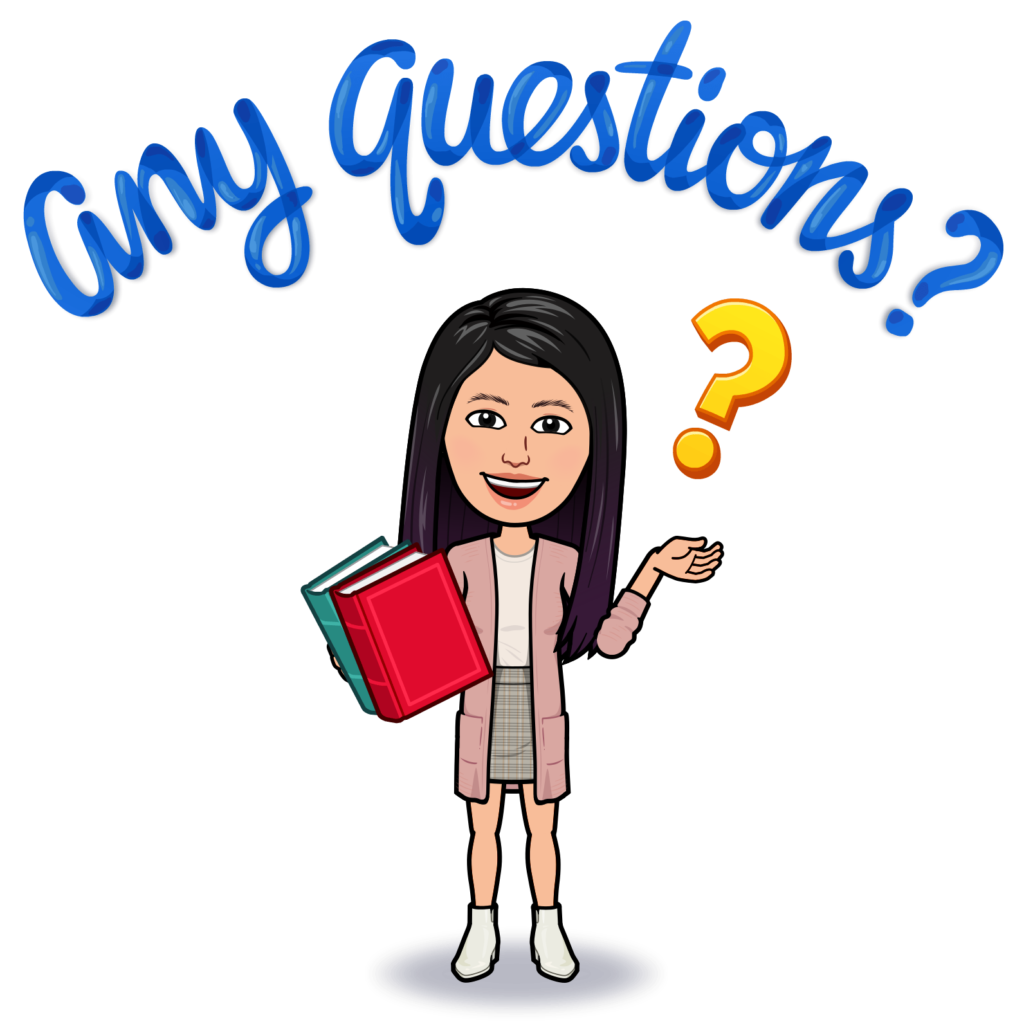If you’re starting a new school year or term, and you’re wondering how to improve your teaching practice… you’ve come to the right place!
Here are 5 simple social-emotional learning strategies to implement in your first week of school!
Physical Classroom Space
The physical environment of your classroom plays a crucial role in social-emotional learning. The classroom layout and wall displays can create a sense of belonging and facilitate collaboration among students.
Take time to plan the arrangement of furniture. Ensure that there are spaces for:
- Independent work
- Group work
- Flexible seating
- Mindfulness
Independent work relates to self-management — it helps students to develop attention regulation and impulse control. Group work cultivates students’ relationship skills, such as their abilities to work collaboratively, engage in group problem-solving, and navigate conflicts. Flexible seating gives students the opportunity to practice responsible decision-making.
Many classrooms now include Keep Calm Corners or Peace Corners. This creates a safe space where students can regulate their emotions throughout the day.
Wall displays could include:
- Student profiles / About me
- Birthday charts
- Learning goals
- Classroom jobs
- Gratitude wall
During the first week of school, I always devote time for classroom decorations that highlight students’ identity, interests or background. They get to develop self-awareness and social awareness as they express themselves and learn about others. Students also have an increased sense of belonging and ownership when they actively contribute to the wall displays.
Classroom Culture
Start off the year right by being intentional in creating a positive classroom culture. This includes setting expectations and drawing boundaries through…
- Rules
- Expectations
- Norms
- Consequences
When I was a novice teacher, I hated the idea of ‘controlling’ students’ behaviour through rules and consequences. I struggled with classroom management until a mentor shared with me that rules and consequences create a sense of safety in the classroom.
The best way to set classroom culture is to include students in the process. Give them the opportunity to share their opinions, thoughts, ideas, and preferences. This helps them to
Students need to know the expectations of being in a learning community. They develop self-management as they manage their own behaviours out of respect for others. Those who break the rules need to learn that actions have consequences, reflect on their choices, and learn responsible decision-making.
This is also an opportunity for you to introduce social-emotional skills such as being respectful, kind, and empathetic in the classroom. These can be cultivated and reinforced throughout the year.
Community-Building
I like getting to know my students through a range of different activities:
- Greetings
- 1:1 conversations
- Icebreakers
- Circle time
- Compass Points
Greeting students at the door and 1:1 conversations are great ways to welcome students and learn about them. This works for students of all ages. I used to teach in a large school, and students would go for years feeling invisible — they were so surprised when I could address them by name. Let students know that they are seen, heard, and valued.
Icebreakers and circle time are ways to help students loosen up. Students become a stronger, tighter community when they are able to laugh, play and have fun together. Even better if mistakes or conflicts occur in the course of these activities — use these teachable moments as opportunity to teach them about emotional awareness, growth mindset, or conflict resolution.
Finally, Compass Points is an activity where students have a chance to reflect on their feelings and thoughts about the new year (or term). Students share what Excites them, what Worries them, what they Need to know, and what Suggestions they have. To learn more about the Compass Points thinking routine, head over to RCS Think From the Middle or Thinking Pathways.
Classroom Jobs
Provide students with leadership opportunities through class committees or classroom jobs, such as…
- Class monitor
- Assistant monitor
- Treasurer
- Cleanliness officer
- IT manager
- Decoration team
- Line leader
- Homework monitor
- Organiser
- Time keeper
- Librarian
- Listener
Classroom jobs give students the chance to take ownership over the classroom culture. Not only does this ease the teacher’s responsibilities, it also benefits students. They grow in social awareness and relationship skills by learning to pay attention to others’ needs, be assertive, and communicate clearly. They also learn responsible decision-making as they cultivate self-discipline and a sense of responsibility.
Of course, in the beginning, it will take time and energy to teach students how to be leaders. They will go through their own learning process and make mistakes. Teachers inevitably need to step in to coach, guide, and advise students on how to handle tricky situations. But you will reap the rewards when students can run the classroom on their own!
It is completely worth it.
Gratitude Practices
Gotta admit… I saved my favourite for the last.
Gratitude is one of the best things you can teach your students, and it is scientifically proven to improve one’s well-being. I love that it teaches us to focus on what we have, rather than what we don’t have.
Here are easy gratitude practices to build into your classroom schedule:
- Gratitude journals
- Shoutouts
- What Went Well
All of these practices encourage students to pause and reflect on their lives. You can ask students to write their reflections on a weekly basis, OR gather students in a circle and take turns to share. It’s a great way to end the week on an optimistic and positive note.
I hope these SEL strategies are helpful for you as you venture into your new school year or term!



